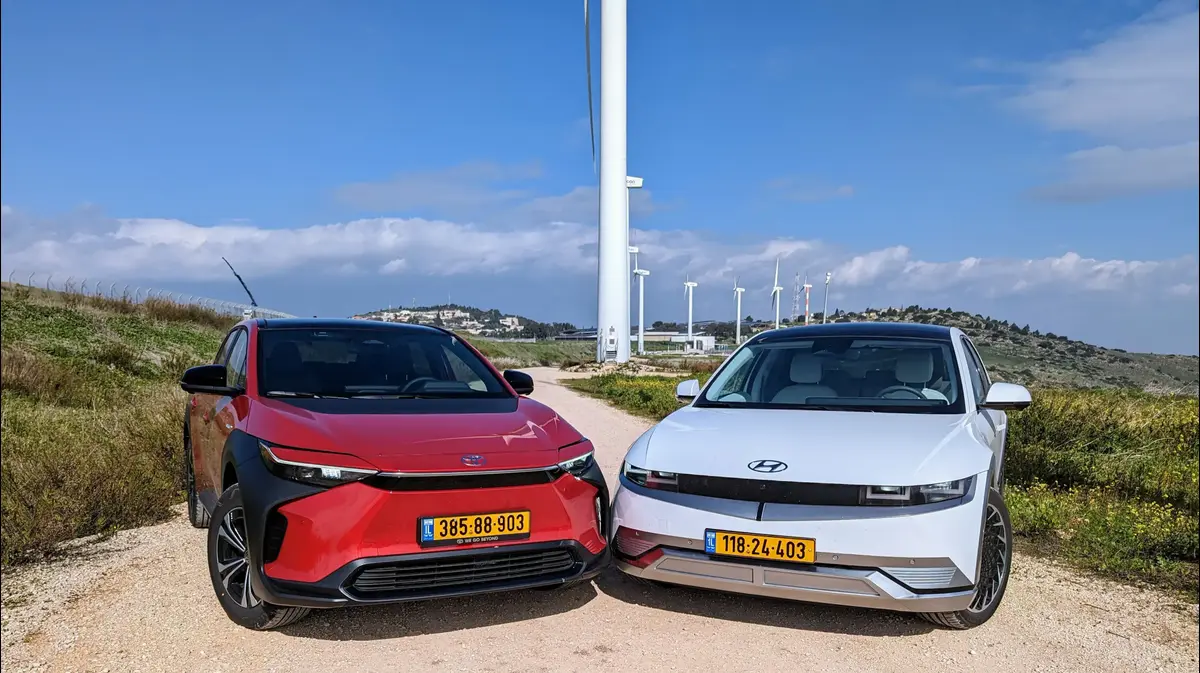Icon: enlarge
Dismantled wind turbine in the Uckermark, August 2020
Photo: Christian Thiel / imago images
According to the will of the federal government, renewable energies should cover a total of 65 percent of Germany's electricity demand in 2030.
Today it is a good 40 percent.
With an amendment to the Renewable Energy Sources Act (EEG), the black-red coalition now wants to determine how much wind, solar and bioenergy should be expanded over the next ten years.
Whether the 65 percent target will be achieved depends not only on how many new renewable energy systems are installed - but also on how much electricity will be consumed in 2030.
In its draft law, the responsible Federal Ministry of Economics assumes that consumption in ten years will be a total of 580 terawatt hours - about as high as it is today.
From this, it derives the necessary additions to wind turbines, photovoltaic and bioenergy systems.
"Future demand for electricity is underestimated"
However, many experts are convinced that significantly more electricity will be required in 2030 than assumed in Peter Altmaier's (CDU) ministry.
"The future electricity demand is underestimated in the draft of the EEG amendment," says Max Gierkink from the Institute of Energy Economics at the University of Cologne (EWI).
In an analysis carried out shortly before the start of the corona pandemic, Gierkink and his colleagues arrive at a power consumption of 748 terawatt hours for 2030.
Whether it will actually be that much in view of the pandemic cannot be reliably assessed at the moment, as it is unclear how the economy will develop by then.
"But everything indicates that consumption will be higher in 2030 than it is today," says Gierkink.
Dirk Uwe Sauer from RWTH Aachen University sees it similarly.
"With the 580 terawatt hours assumed for 2030, the draft of the EEG amendment sets the electricity demand too low," says Sauer, who is also the director of the academy project "Energy Systems of the Future".
If renewable energies are expanded as stipulated by law, the 65 percent target will be missed.
After the draft passed the cabinet on September 23, the Bundestag and Council now have to discuss it.
Electrification increases electricity consumption
But why should electricity consumption increase when electrical devices, systems and machines are becoming more and more efficient?
Because of the so-called sector coupling: In the future, more electricity will be used in traffic, heating and industry - electric heat pumps will replace gas heaters, electric cars those with combustion engines.
And green hydrogen produced by electrolysis is displacing fossil fuels.
The Federal Ministry of Economics bases its assumption of electricity consumption on a forecast from the scenario framework that was created in 2018 for the expansion of the electricity grid.
There, the savings and the additional consumption due to the sector coupling roughly balance each other out.
Wrong, believes EWI researcher Gierkink: "The electrification of the industrial, transport and heating sectors will have a much greater impact on the development of electricity consumption than efficiency gains."
More electric cars on the streets
Norman Gerhardt from the Fraunhofer Institute for Energy Economics and Energy System Technology IEE is convinced that "the assumptions on electricity consumption in the draft bill do not match the sector coupling."
In their "energy transition barometer", the Fraunhofer researchers put electricity consumption in 2030 at 688 terawatt hours.
Electricity instead of coal, oil and gas - after all, that is a central component of German climate policy.
For example, the federal government stipulates in the National Hydrogen Strategy that electrolysers with a total of up to five gigawatts of power should be installed by 2030.
Electrolysers generate hydrogen by electrifying water.
Electric mobility is also increasing electricity consumption.
With the climate protection program 2030, the black-red coalition is setting the goal of getting seven to ten million electric cars on the streets by the end of the decade.
To this end, it has decided on all sorts of funding measures.
The scenario for network expansion, on the other hand, expects only six million vehicles.
Consumption forecast is checked regularly
The Federal Ministry of Economics points out that the assumption on the development of electricity consumption in the EEG amendment is not set in stone.
The draft law provides for the forecast to be evaluated on a regular basis.
If it turns out that higher electricity consumption can be expected in 2030, the expansion of renewable energies will be adjusted accordingly according to the draft.
With all this, however, the question is whether the German 65 percent target is ambitious enough for European climate protection policy.
The EU Commission wants to reduce greenhouse gas emissions by 2030 much more than previously planned.
If the member states agree, the German renewable energy target will also be put to the test.
The EEG amendment is unlikely to have a long life either way.
Icon: The mirror







